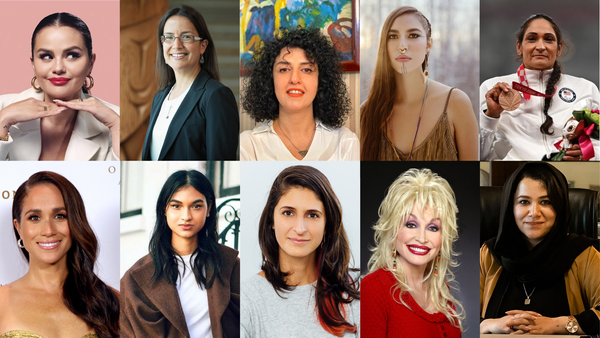Women's Networks and Their Influence: A Force to Reckon With

How Women-Driven Communities Are Redefining Influence and Reshaping Global Economies
In the not-so-distant past, the boardroom, the trading floor, and the policy table were not designed with women in mind. But today, a different architecture is emerging—one built on connection, not exclusion. From the formidable G100 network to industry-specific leadership alliances, female networks are no longer just support systems—they are power structures.
A New Currency of Influence
Female-driven professional networks have experienced explosive growth over the last decade. According to a McKinsey report, organizations with gender-diverse leadership outperform those without by 25%. Much of that success is seeded in the strength of networks—where collaboration, mentorship, and access are the true capital.
The G100 Club, spearheaded by Dr. Harbeen Arora Rai, is a shining example. With leaders representing sectors across continents, G100 provides a cross-border platform for business, policy, and innovation—anchored in trust and collective advancement.
The Ripple Effect on Economies
Women’s networks are doing what outdated structures failed to do—mobilizing underrepresented voices, unlocking capital, and scaling collective success. In Africa, platforms like Lionesses of Africa are helping women scale SMEs into continental empires. In Latin America, groups like Vital Voices are linking female entrepreneurs to global mentorship and capital pipelines.
When women gather, economies shift. When women lead together, systems evolve.
The Future is Networked
As AI reshapes work and political climates test equality, female networks are becoming non-negotiable power centers. The future of leadership won’t be top-down—it will be side-by-side, built through networks that scale influence by amplifying voices, not silencing them.
Key Insight: The next revolution won’t be televised—it will be networked.




